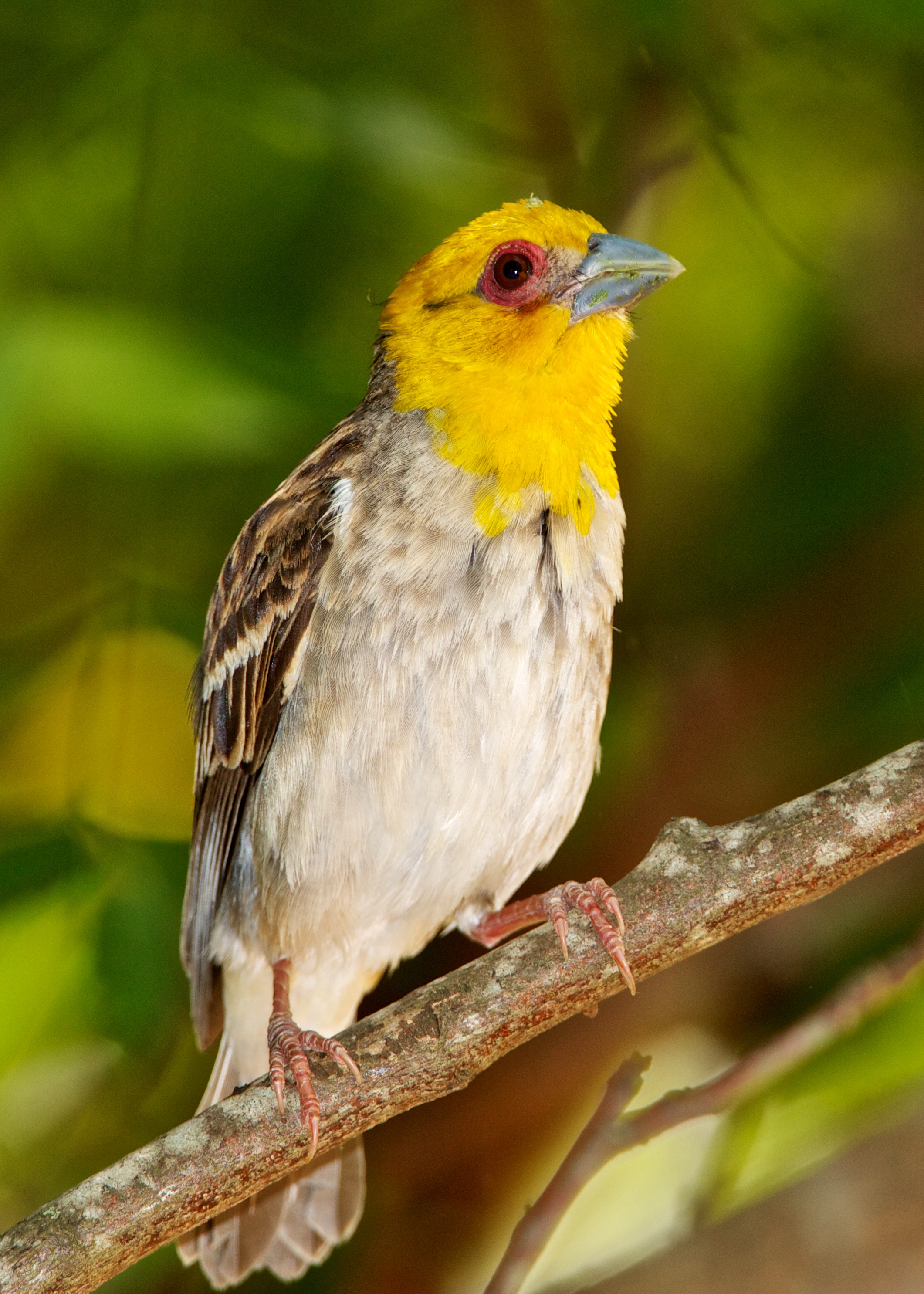
Ploceus sakalava
SUBFAMILY
Ploceinae
TAXONOMY
Ploceus sakalava Hartlaub, 1867, Madagascar.
OTHER COMMON NAMES
French: Tisserin sakalave; German: Sakalavenweber; Spanish:
Fodi Sakalava.
PHYSICAL CHARACTERISTICS
5.1–5.9 in (13–15 cm); adult 0.7–0.9 oz (20–27 g). Breeding
male has yellow head, gray underparts and back, brown wings
and tail. Bare reddish skin around eye, unique in weavers, bluegray
bill. Female is paler below, with whitish throat and distinct
brown stripes on side of head, above and below eye; bill
pale gray. Non-breeding male like female, but bare pinkish
skin around eye. Juvenile like female, but paler with bill horncolored.
DISTRIBUTION
Western Madagascar.
HABITAT
Open, lowland areas including cultivated land, spiny bush, and
deciduous dry forests.
BEHAVIOR
Highly gregarious, typically in flocks of 200 or more.
FEEDING ECOLOGY AND DIET
Feed primarily on the ground, collecting seeds, but also forage
in trees and marshes, and young are fed primarily insects.
REPRODUCTIVE BIOLOGY
Colonial, some males may be polygynous, but mating system
not studied. Nest is retort-shaped, often suspended on a short
woven rope, with entrance tunnel up to 16 in (40 cm) long.
Both male and female build nest, and colonies usually in trees,
often within villages, and even attached to thatched roofs of
huts. Small colonies may be placed under nests of crows or
large birds of prey. Breeding season varies with rainfall, especially
in dry southwest. Lays two to four eggs; incubation and
fledging periods unrecorded. Female alone incubates, but both
sexes feed young.
CONSERVATION STATUS
Not threatened, widespread in open and cultivated areas, and
seldom molested.
SIGNIFICANCE TO HUMANS
Appear to take only waste rice, and not regarded as agricultural
pests. In many areas weaver colonies in villages, especially
those nesting close to a house, are considered a sign of good
fortune and consequently protected.
Other popular Animals
Photo Gallery of - Sakalava weaver
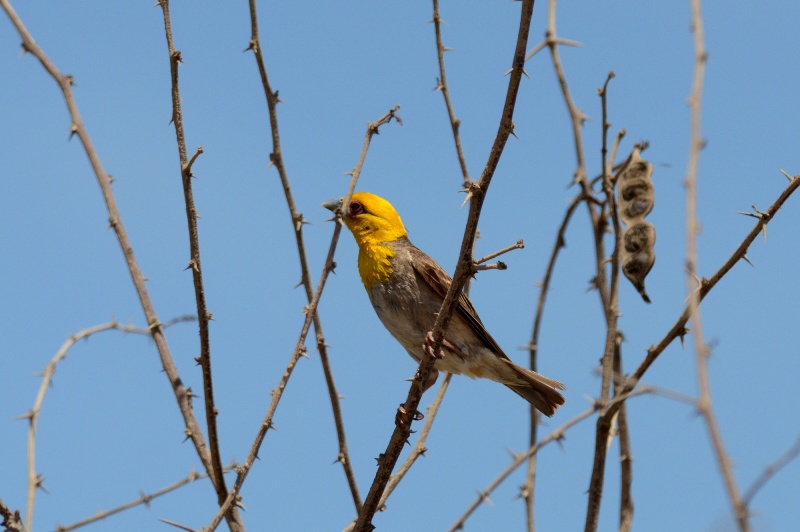
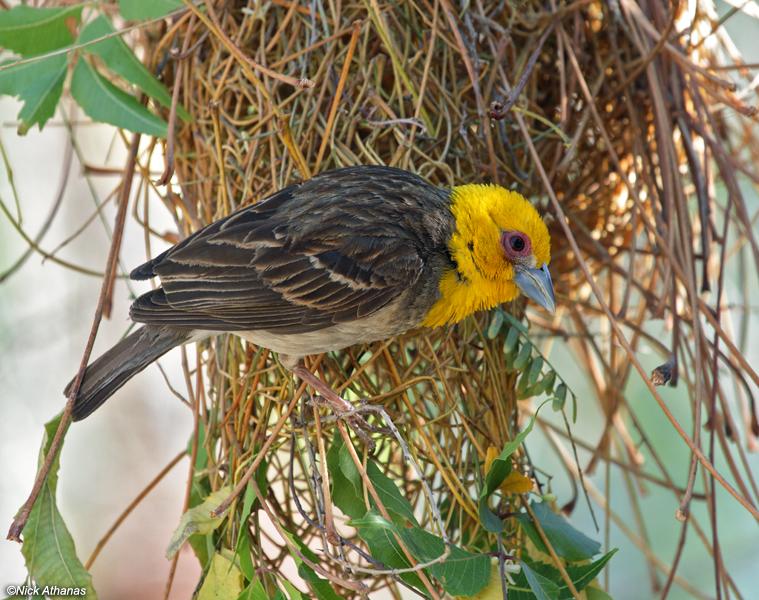
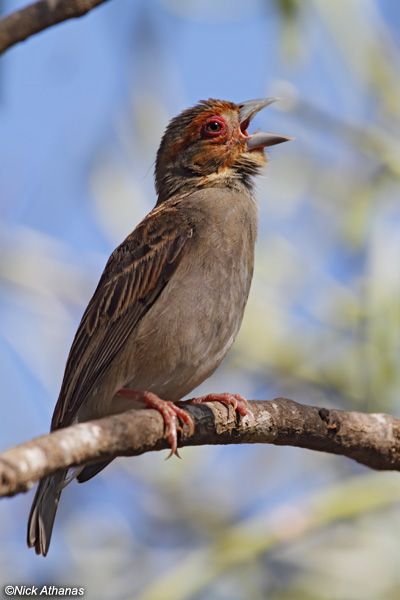
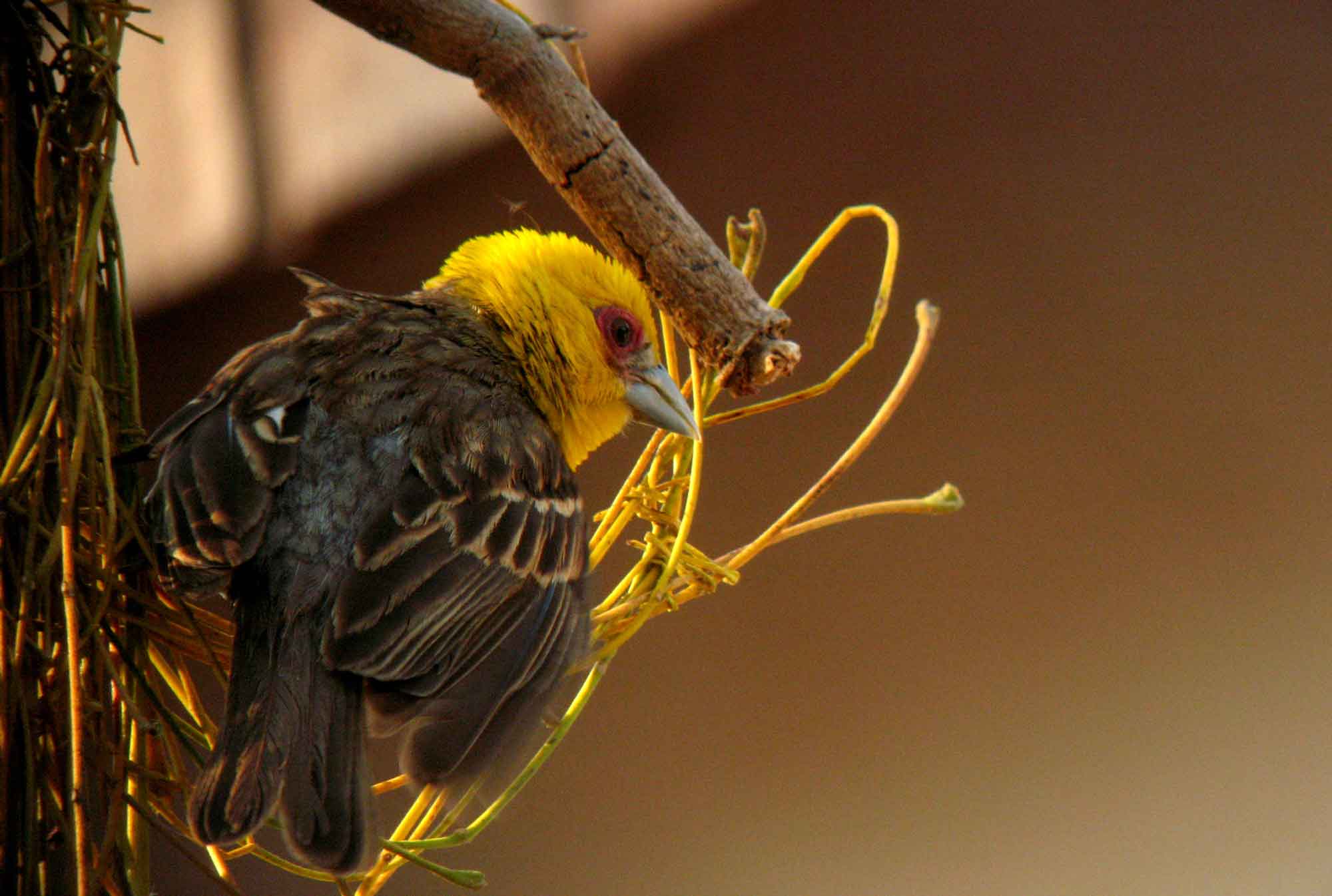
 Animalia Life
Animalia Life